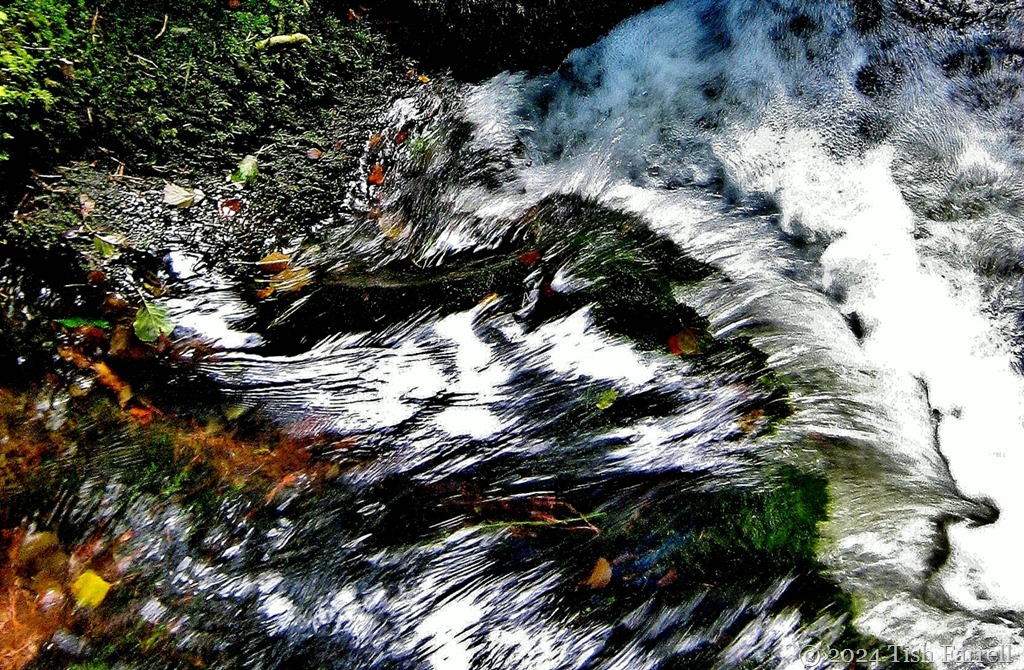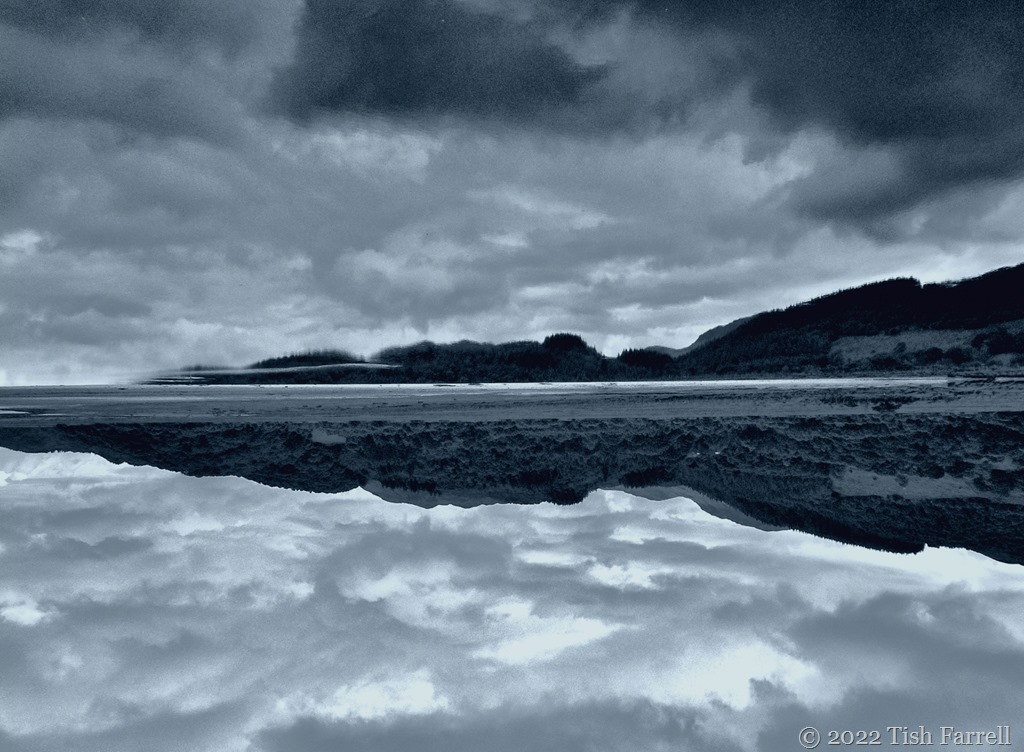
It’s hard to imagine that this gigantic bastion of ancient yew trees began three centuries ago as a formal terrace row, each tree cut into a neat, small cone or obelisk. Back then in the 1680s, when these trees were first planted, the taste in grand garden design was for the linear and geometric, following the French notion of strict plant control.
A hundred years later it was all change. In keeping with the new romantic landscape style of English gardening, the yews were allowed to grow as they pleased. The aim was to create vistas of idealized nature.
But this more liberal attitude did not last either. Around the time of the yews’ two-hundredth birthdays, Victorian garden men armed with sickles and step ladders intervened, and began creating this arboreal rampart of free-form topiary. Both fascinating and overbearing, I feel. The gardeners apparently hung onto to their ladders with one hand, while pruning and shaping with the other.
Today, the effect is still maintained by National Trust gardeners, now using electric hedge trimmers. Every year four of them start work in late August, and keep on trimming until mid-November – three months’ toil.
The yews are to be seen at one of the National Trust’s outstanding properties – Powis Castle, near Welshpool in Powys, just over the border from Shropshire. We called in there on our way home from our recent stay on the Mawddach Estuary in mid Wales. I’m afraid that on this occasion it was more for a good cup of coffee than for culture.


The castle dates from around 1200 when it was the stronghold of the last Welsh princes of Powys. In the sixteenth century ownership passed to the English Herbert family who acquired the title Earl of Powis. Indeed, they appeared to have acquired it on three separate occasions through history until the title eventually stuck fast to the family.
One of the Herbert daughters married the son of Clive of India (Robert Clive 1725-1774) – he who plundered the subcontinent under the auspices of the British East India Company. The Clive fortune paid for repair and development of the castle, and Robert Clive’s collection of valuable arts works gathered during his India days are on display there. You can tell I have very mixed feelings about this. But scruples aside, the house is well worth seeing and it contains many treasures.
The garden, though, is the best part. The setting is magnificent, with stunning views of the Welsh borderland. A whole day (and indeed several days at different seasons) could be spent exploring the many layered terraces, the lawns and woodland walks. The planting is on an epic scale with many unusual herbaceous varieties deployed. Specialist garden history talks are also available, and when energy flags (and as intimated earlier) there’s a good restaurant-tea room for re-charging purposes. Although to be on the safe, take your own picnic as well. It’s a long way from the grand lawn to the courtyard refreshment station.
copyright 2016 Tish Farrell
Please visit Paula at Lost in Translation for more traces of the past. This theme is going to be regular every-other-month challenge on her blog, which is good news. Thank you, Paula. I have lots more traces in my archive.














































